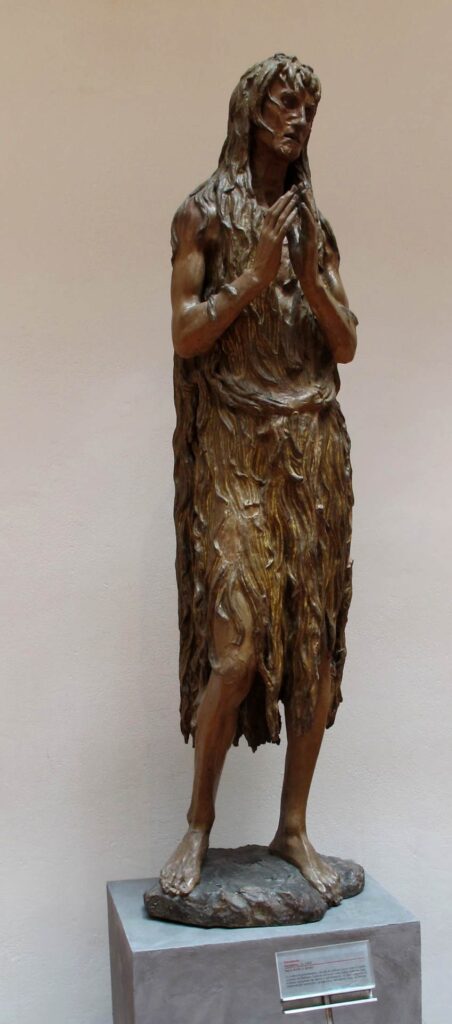
Penitent Mary Magdalene-wooded sculpture Donatello
Mary Called Magdalene
is a woman alternately thought to be prostitute, mystic, secret lover of Jesus, and the apostle who reached higher levels than did any of the male apostles. Throughout the ages, Mary beckons both believers and non.
Her relationship with Jesus is a curious one, implying an intimacy that our age can conceive of only as sexual…think Sarah Brightman’s I Don’t Know How to Love Him.
While at the Baptistery in Florence several years ago, my husband John and I saw Donatello’s wood sculpture of Mary, Called Magdalene. The sculpture of Mary Magdalene is a study in human anguish and torment; the face and body are ravaged with indescribable pain. The sculpture seemed… wrong to me when I first saw it.
I know…Donatello is viewed as one of the world’s great sculptors but the thought that this “cannot be Mary Magdalene” echoed in my head, as I stood there staring at the statue.
Due to her recent feast day, once again I have studied this famous image of Donatello’s sculpted study of human agony. And find that my sense of misconception is more powerful as I do so. There is something fundamentally flawed with Donatello’s depiction of the woman who the Church calls, The Apostle’s Apostle.
Donatello is one of the great Renaissance masters…you know this, right?
Yes, of course, but let’s consider what we are told about the Magdalene:
- This is the woman who left her home and family to travel at least part-time with Jesus and his companions, to cook for them with provisions from her own household.
- This is the woman who refused to leave the tomb. Once the apostles saw that it was empty, they left.
- She stayed, weeping.
- Just as she stayed at the foot of the cross when all the other apostles save John, and Mary, mother of Jesus, had left.
- Mary Magdalene is a woman in love with the Christ. The woman who recognizes Him as Love. But hers is a love for which the English language has no word.
- He chose her, above all of the others, even of his ‘beloved disciple,’ to first see Him as the Resurrected Christ.
- Perhaps Donatello conceived of and forged his image of Mary before the seven demons were exorcised…that would explain the horrific savagery.
Mary called Magdalene: A Portrait
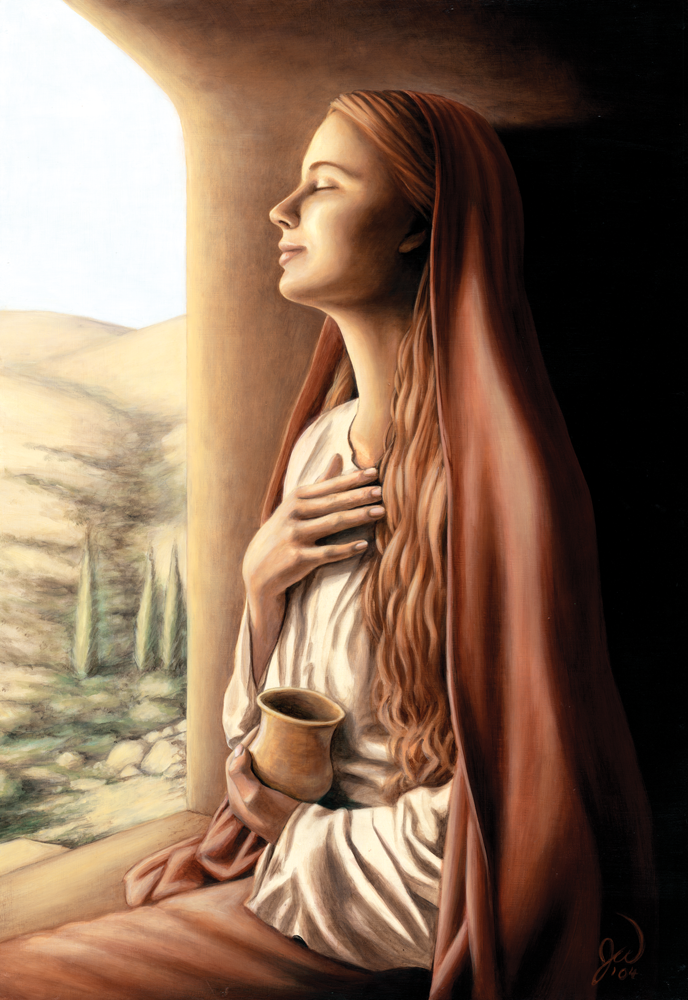
If I had never read , Mary, Called Magdalene , by historical fiction writer Elizabeth George, perhaps I would not have such certainty about how she would have looked. Or even have formed an opinion about whether Donatello’s tortured visage or Jonathan Weber’s magnificently conceived Mary Magdalene better portrays one of the more perplexing persons in the Bible.
Norwegian artist Weber writes this about his painting:
She is seen in this painting at the tomb of Jesus, where she had come to anoint his body with oil, represented by the jar. She places her hand over her heart, where she feels her connection and devotion to Jesus. Having witnessed his painful and tragic crucifixion, and now realizing his ascension into the kingdom of heaven, she is immersed in the rapture of profound sadness and joyhttps://fineartamerica.com/featured/1-mary-magdalene-jonathan-weber.html
Similarly, Elizabeth George’s book reveals the life of Mary in a way that coheres with the few tidbits of information given us in the Gospels. The author portrays Mary as a married woman who had prayed to Isis – one of the Egyptian fertility demons – as a young girl; ergo the seven demons requiring exorcism.
Upon meeting the Christ, Mary called Magdalene is changed forever; she meets the Answer to questions she never knew she had; she falls in love, eternally. Her face is filled with light, the light of Christ, the God-Man who captured her heart and soul.
Imagine the radiance of that face when she recognizes Him, the joy when she hears her name from those beloved lips. Donatello’s brilliant sculpture of Mary seems far more evocative of John the Baptist than of Mary. It is Jonathan Weber who best reveals her: Mary Magdalene, A Portrait.
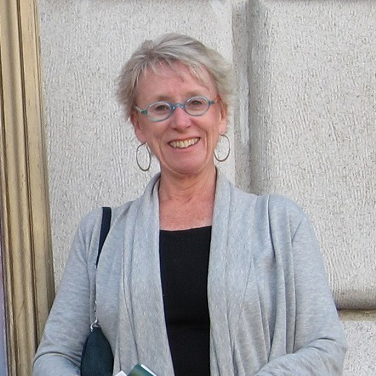
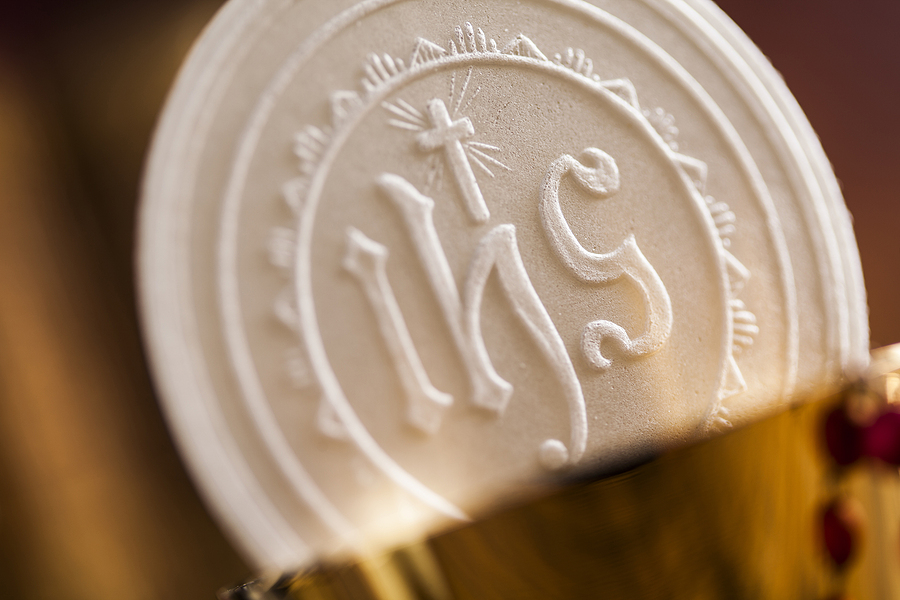

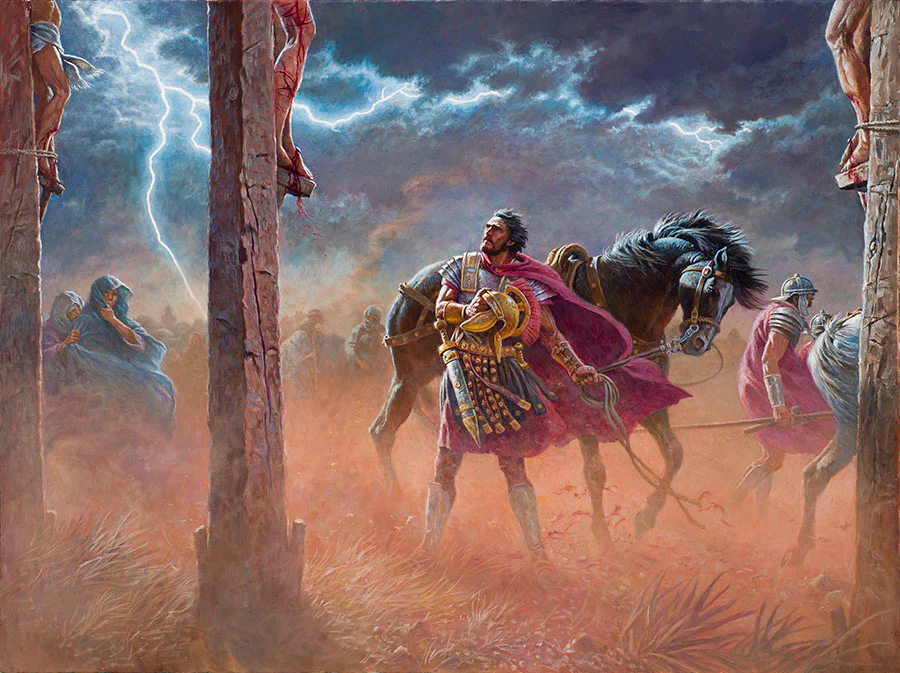
Fascinating how we have such a wide range of opinion, imbued with our cultural influences.
I don’t Know How to Love Him, to me, was the anguish of having been with so many men, none of whom she “loved.” Then, only to find, agape love does not require touching…just knowing the Christ through the light He undoubtedly gave to her… Agape love is rarely used these days…We have gone too far when dealing with men-women relationships where touching is not even an option at this point…In my time, I have hugged many men, without any thoughts of eros…why have we forgotten philia and have nothing to share now with those commanded for us to Love Thy Neighbor. Mary Magdalene in the second portrait reveals that love…
Yes, the artist Jonathan Weber did a magnificent job in conjuring her image.